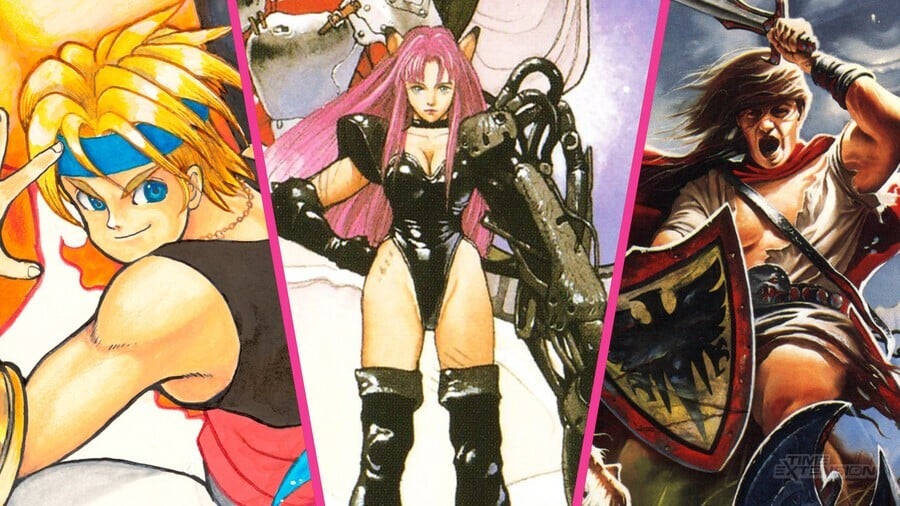
When you think of 16-bit RPGs, chances are the Genesis / Mega Drive isn't the first console that springs to mind – Nintendo's SNES dominated the genre thanks to the fact that it has gems such as Final Fantasy, Dragon Quest, Breath of Fire, Secret of Mana and many, many more in its locker.
The SNES spearheaded the RPG revolution in the West, giving many gamers their first taste of this style of game – but you'd be foolish to think that the Genesis didn't have something of its own to offer.
In fact, the console is home to some of the greatest RPGs and action-adventure titles of the '90s, including Phantasy Star (a series which continues in some shape or form to this very day), the 'Shining' series and many, many more.
What are the best Sega Genesis RPGs and action adventures?
Our list below includes some of the best RPGs and action adventures on the Sega Genesis. It isn't presented in any kind of order; instead, we've picked out a broad selection of titles which are all worthy of your time and attention if you're keen on exploring this genre.
